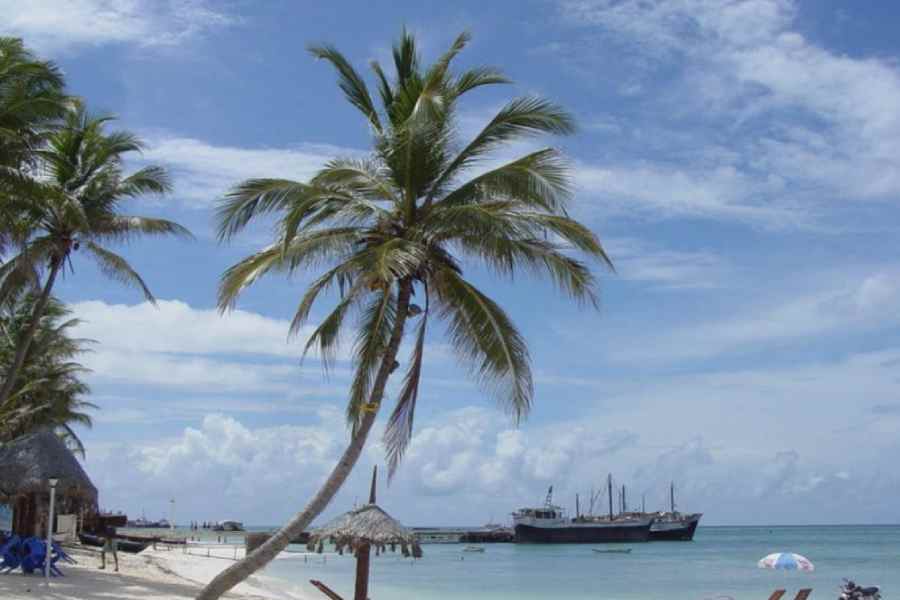The native people of Lakshadweep owe their ancestry to a single founding population that reached the archipelago from mainland India no earlier than the 3rd century AD, a genome study has established.
While the Lakshadweep islanders speak a dialect of Malayalam that sounds a bit like Tamil — both Dravidian languages — the study has found that the founding population was a mix of northern and southern Indians.
The scientists who conducted the study say their results provide fresh insights into the ancestry of the Lakshadweep islanders, which has long intrigued archaeologists and historians who have relied on excavations, folklore and the islands’ obvious linguistic affinities.
“When did humans first arrive on the Lakshadweep islands and who were they? We now have answers to these questions,” Gynaeshwer Chaubey, professor and population geneticist at the Banaras Hindu University (BHU) who led the study, told The Telegraph.
Chaubey and his collaborators analysed the genomes of a sample of 47 volunteers from 10 islands in the archipelago, looking for genetic markers that would yield information about ancestry and affinity to other populations across mainland India and Eurasia.
Lakshadweep’s early history remains unclear. Archaeological excavations have thrown up evidence of early settlements, shipwrecks and Roman coins, prompting some scholars to suggest that humans reached these islands centuries ago, perhaps as early as the 3rd century BC.
Pottery from the Aggati, Amini, Androth, and Kavaratti islands have suggested long-term settlements by AD 1500.
The new analysis of genetic markers reveals that the Lakshadweep people have received more gene flow from northern Indian populations than from Dravidian populations, Chaubey and his colleagues said. Their study results have just been published in the research journal Molecular Genetics and Genomics.
The study also suggests that the populations in mainland India that are genetically closest to the Lakshadweep islanders are seven Scheduled Caste and Scheduled Tribe populations — Dharkar, Dusadh, Harijan, Kanjar, Kurumba, Kol and Velmas. The Velmas and Kurumbas are from south India while the others are native to northern India.
The islanders share their most recent common ancestors with these population groups.
Despite the close genetic affinity with populations on the Indian subcontinent, the islanders provide the perfect example of a model archipelago where geographic separation has translated into restricted gene flow, said Niraj Rai, a scientist at the Birbal Sahni Institute of Palaeosciences (BHIP), Lucknow, another study team member.
The analysis has also shown that with the exception of Agatti’s inhabitants, all other islanders owe their ancestry to a single founding population that had migrated to the islands no earlier than in the 3rd century AD around AD 280 and no later than AD 780.
“They were the founding population,” Chaubey said. “If there were humans who had settled there even earlier, they have not left any genetic component in the present-day islanders.”
The study’s other team members were Mohammad Mustak, professor and geneticist at Mangalore University, and research scholars from the BHU and Mangalore University.











